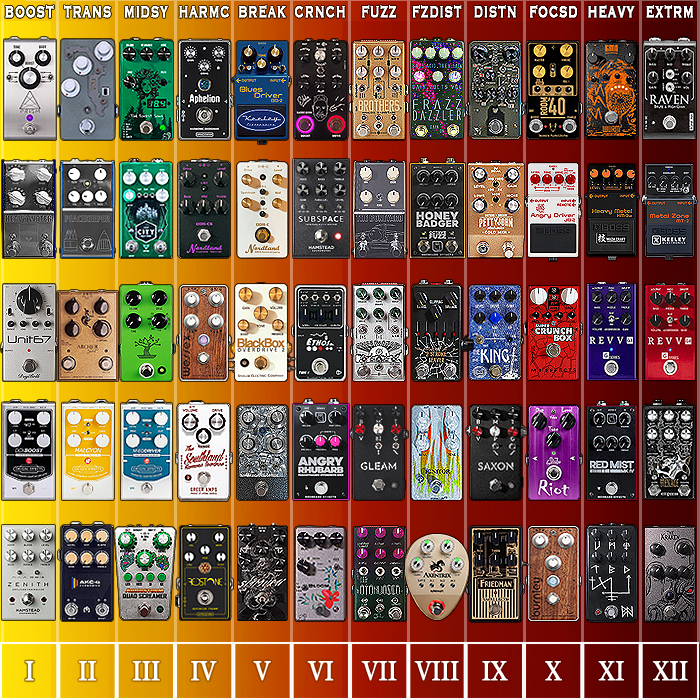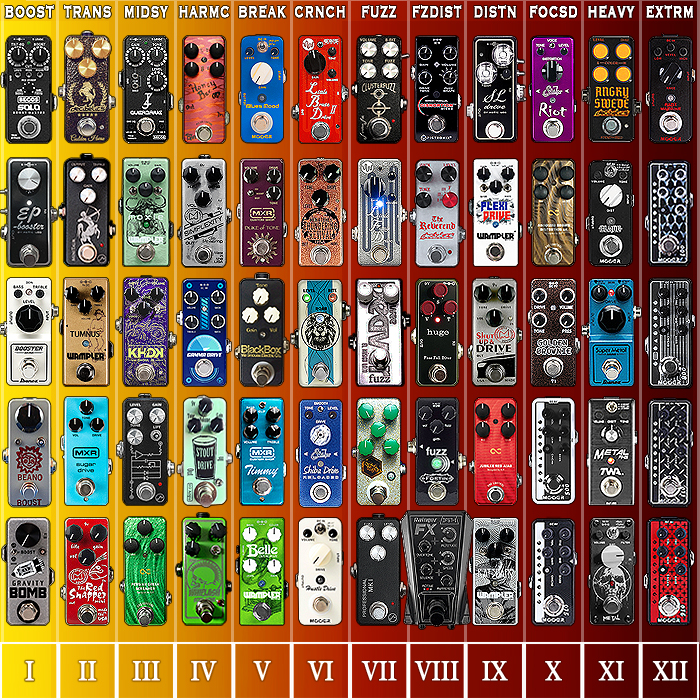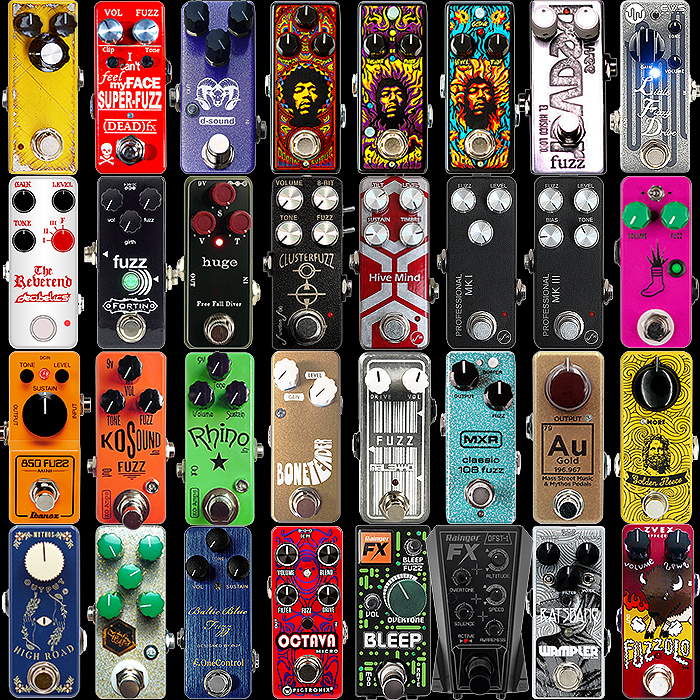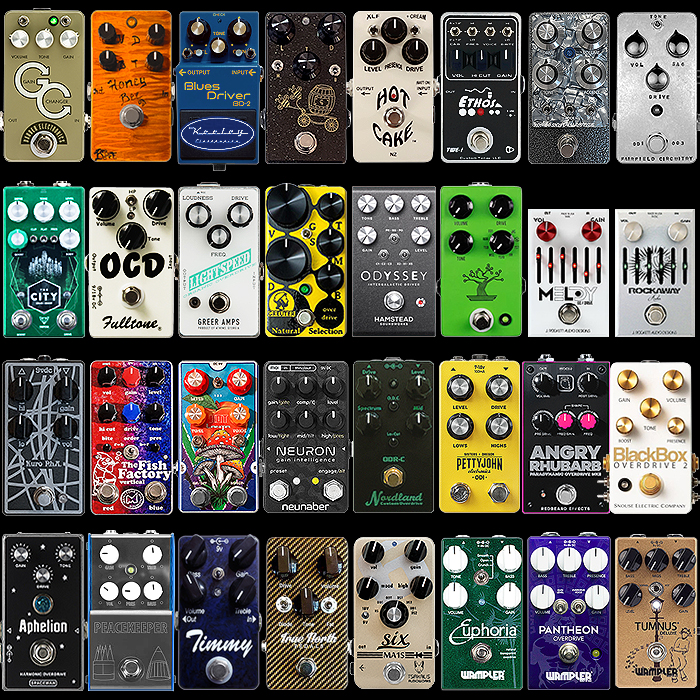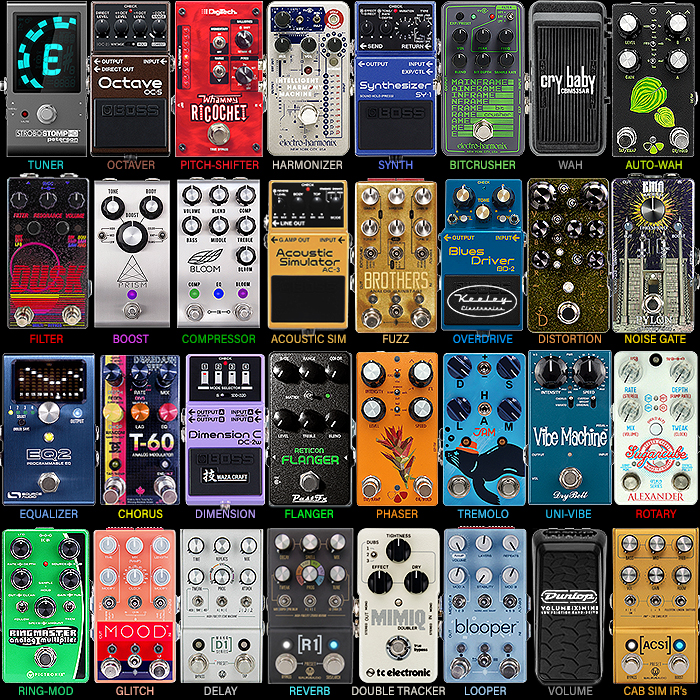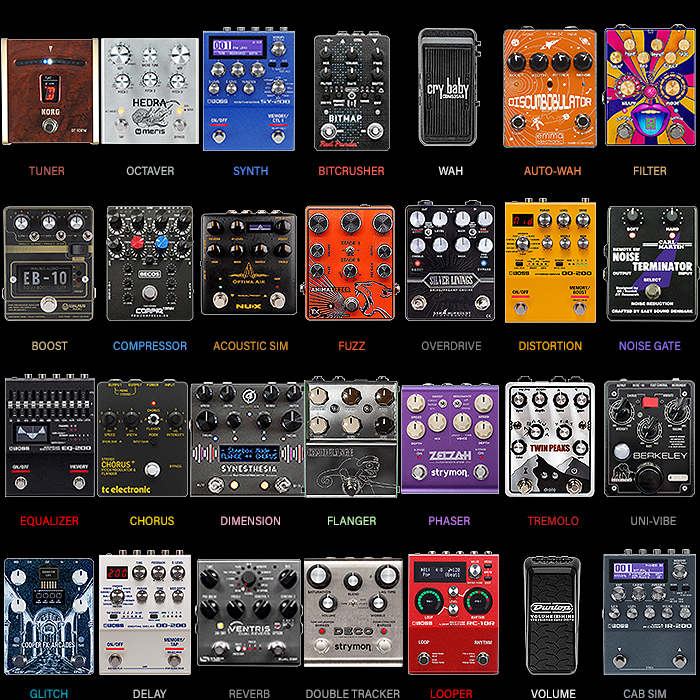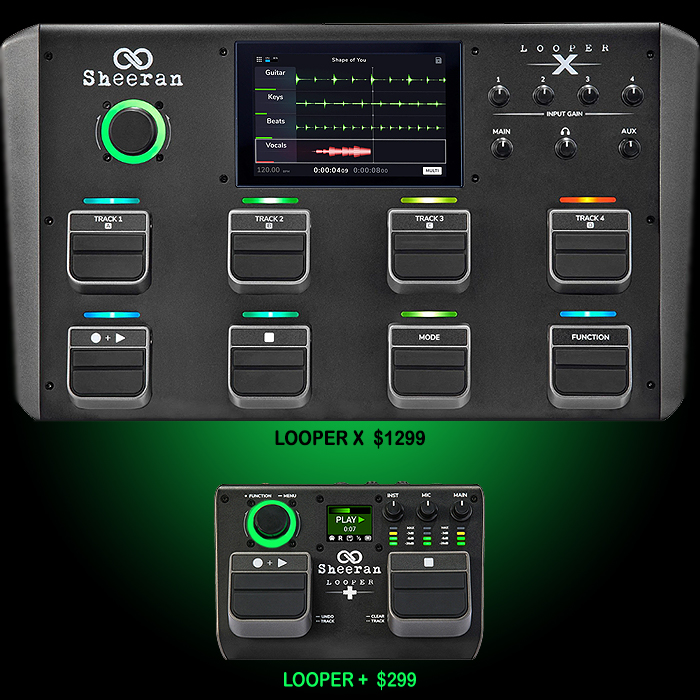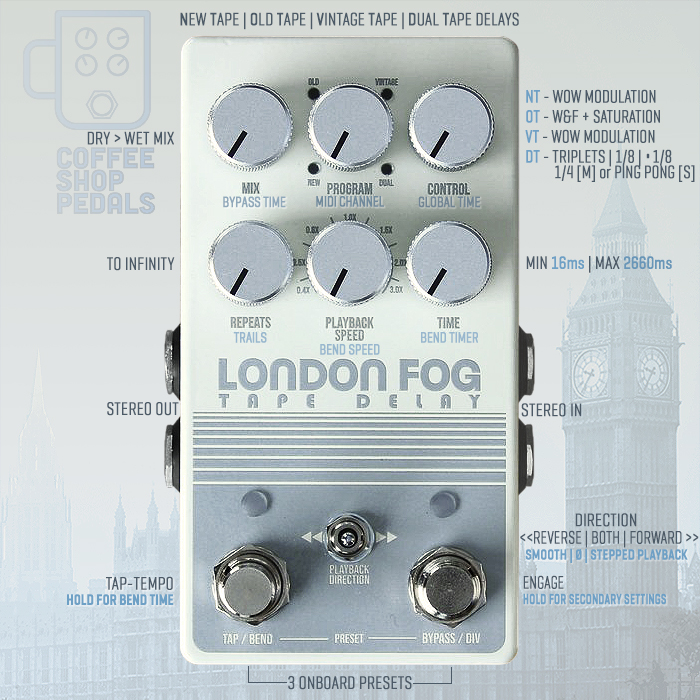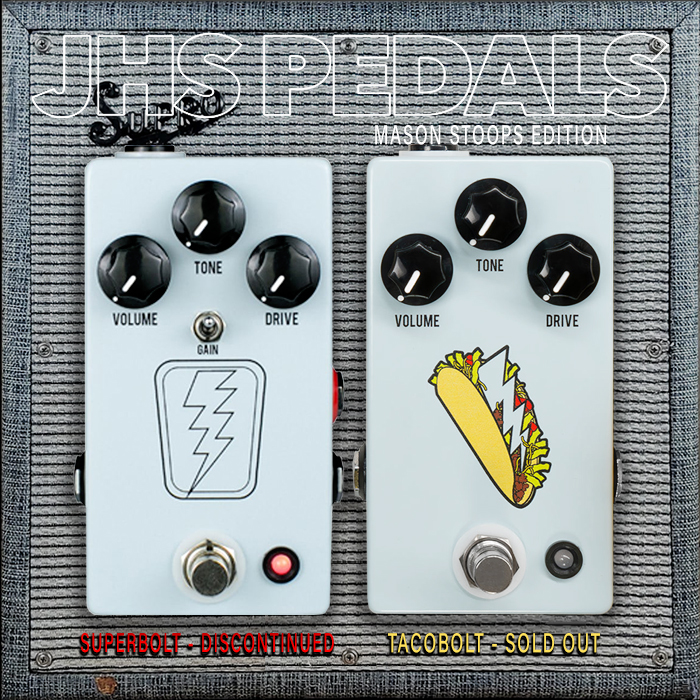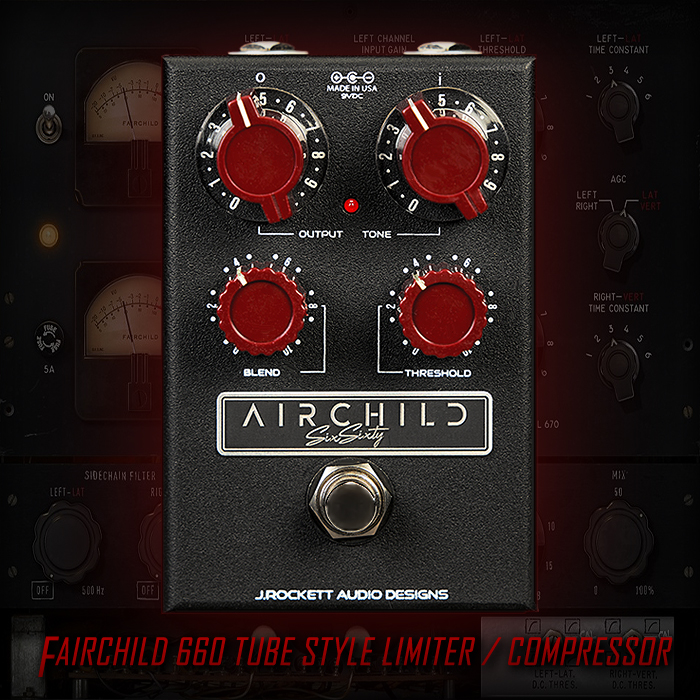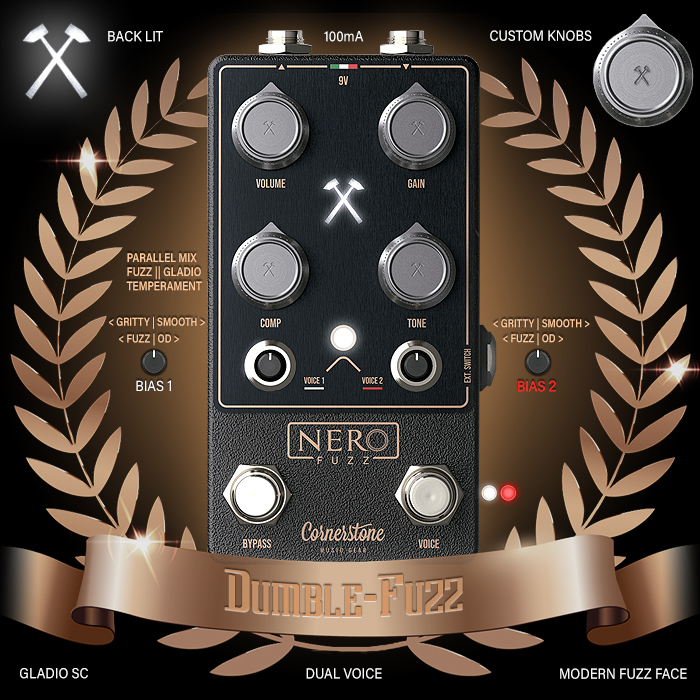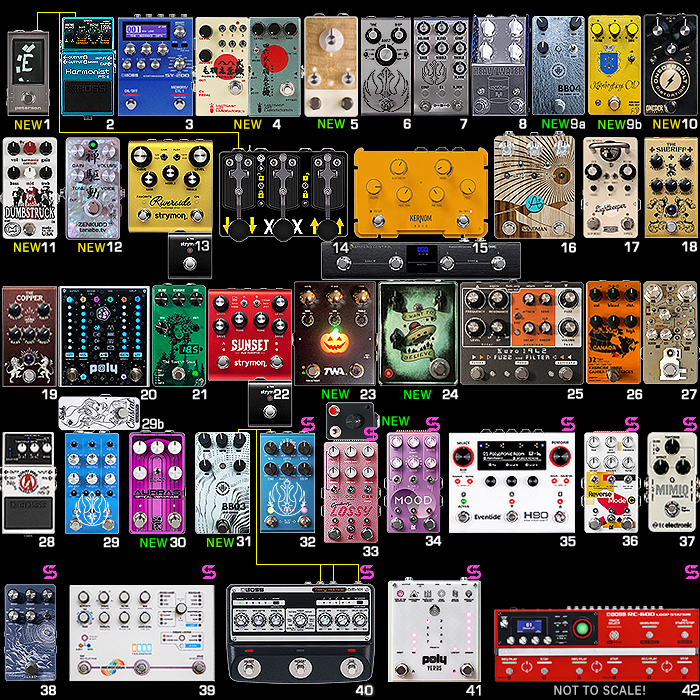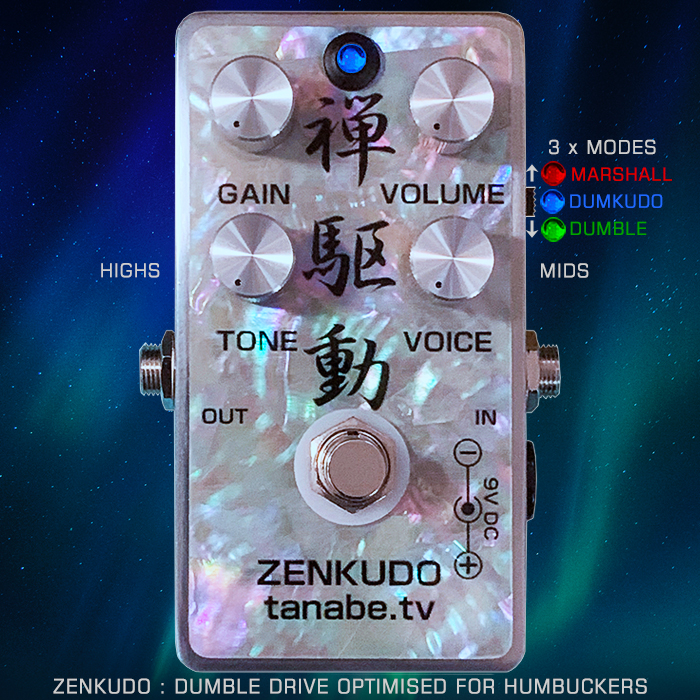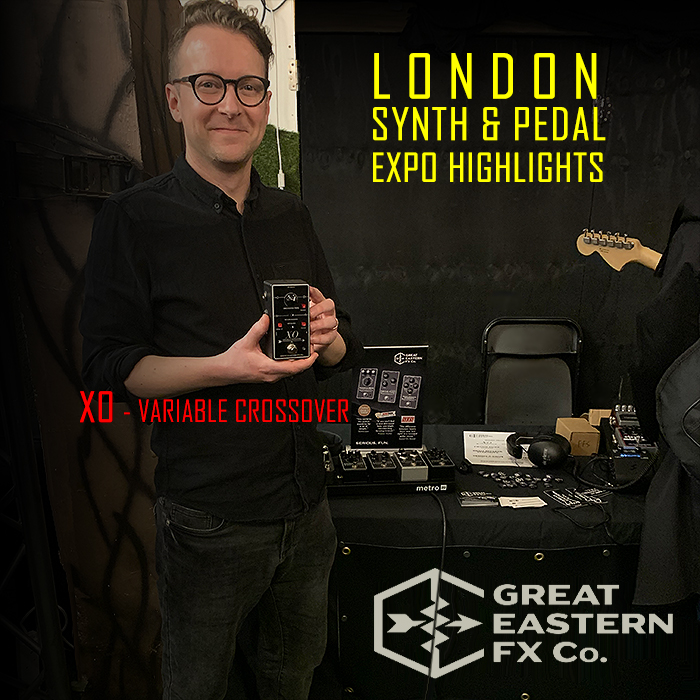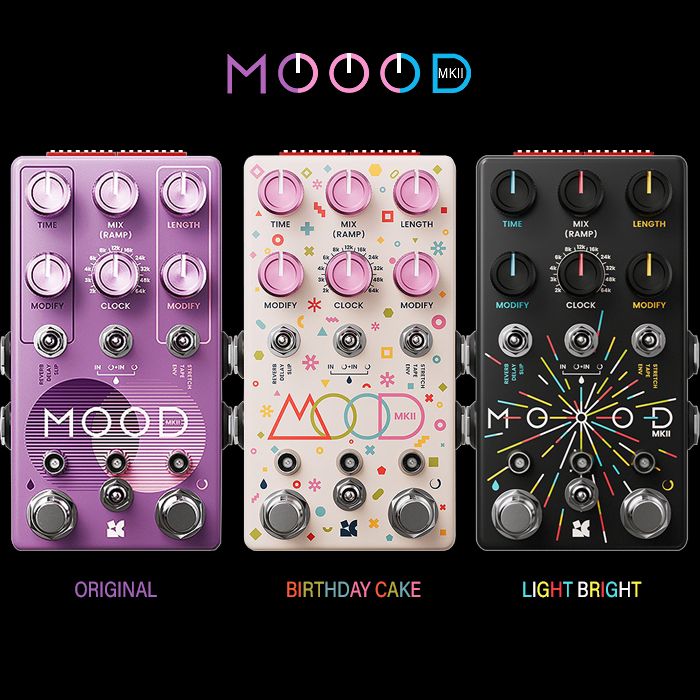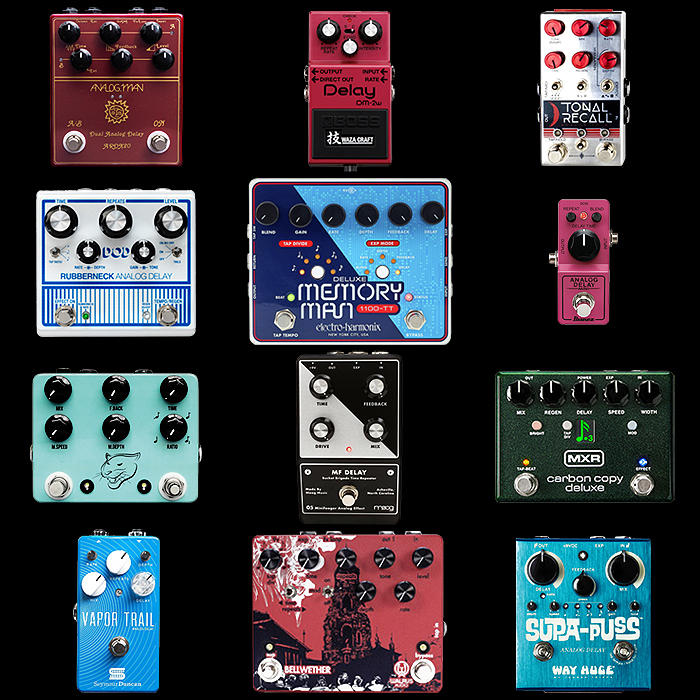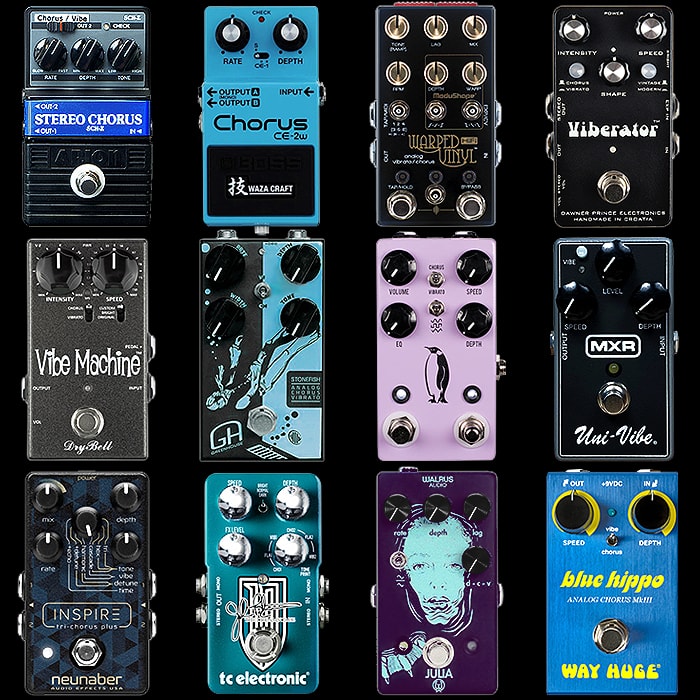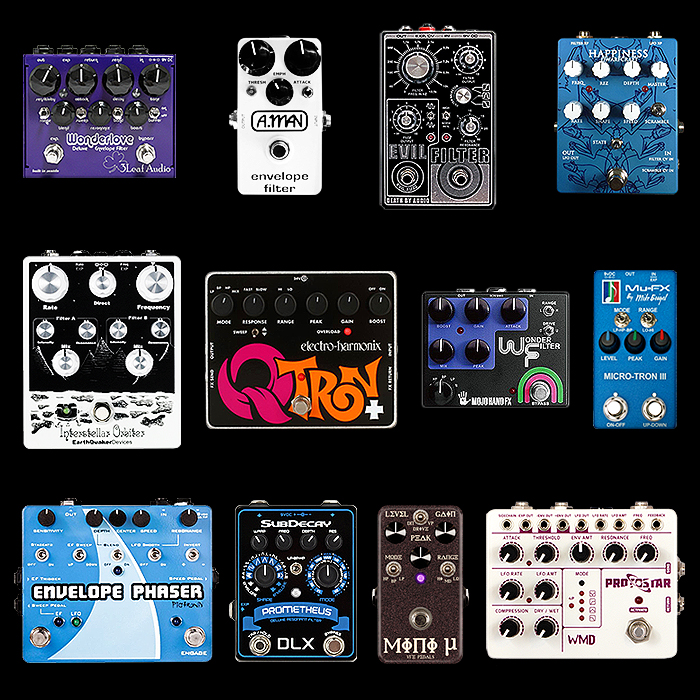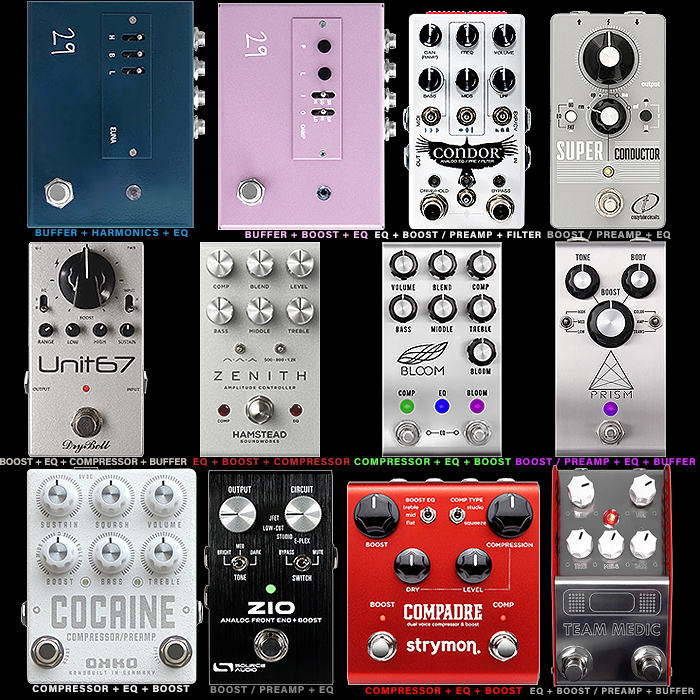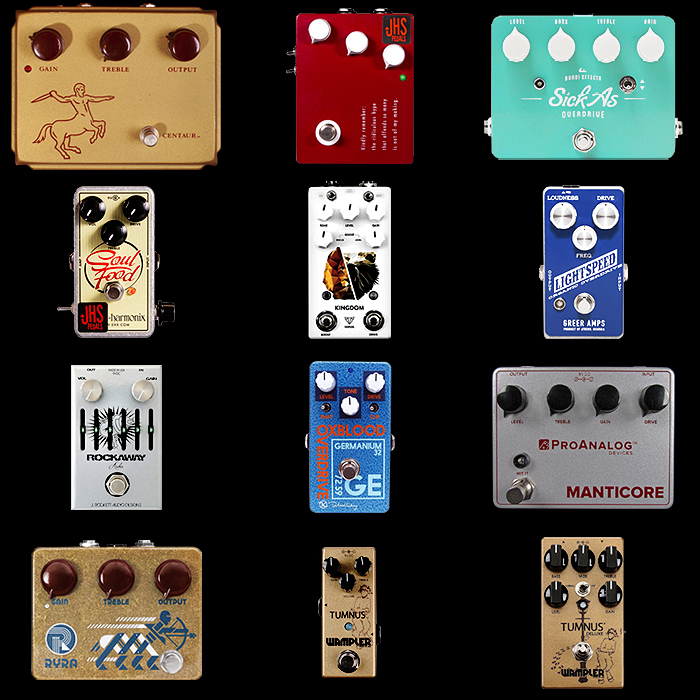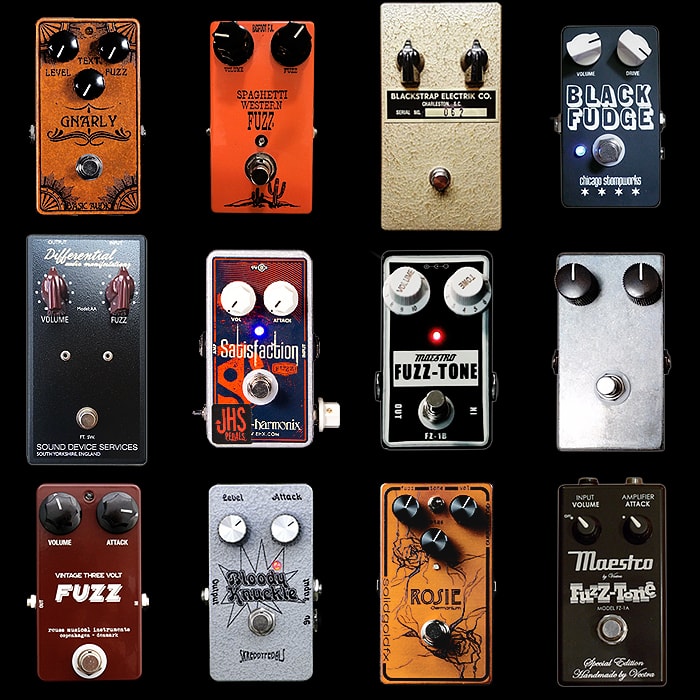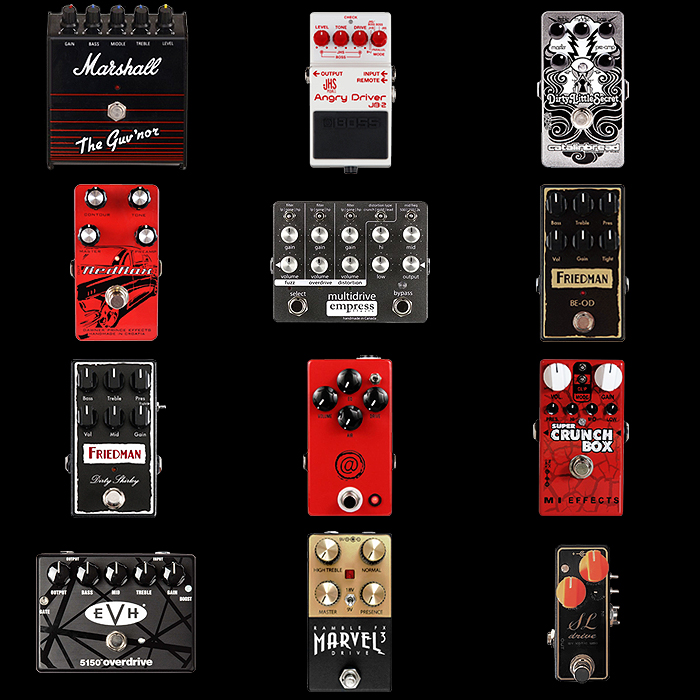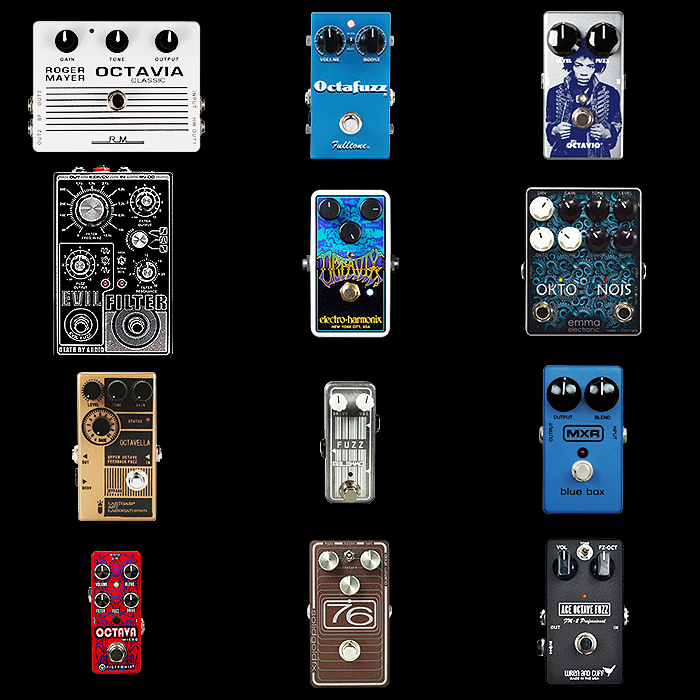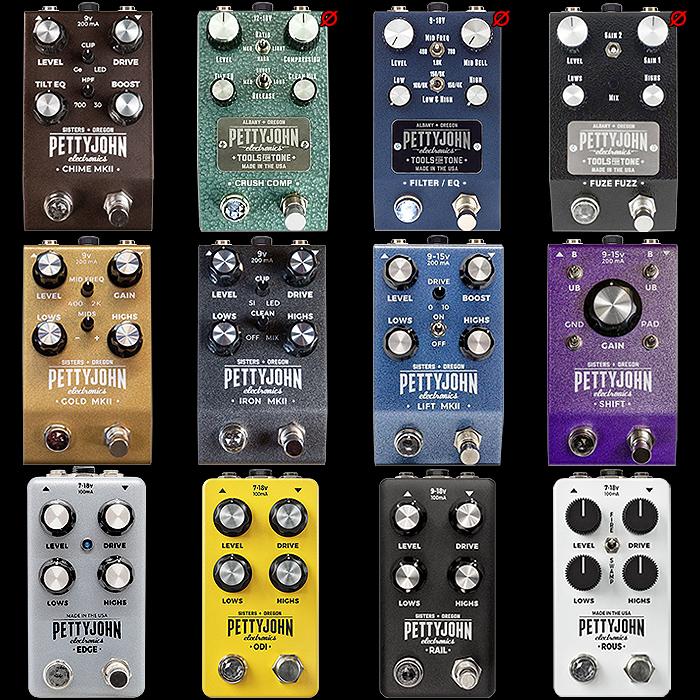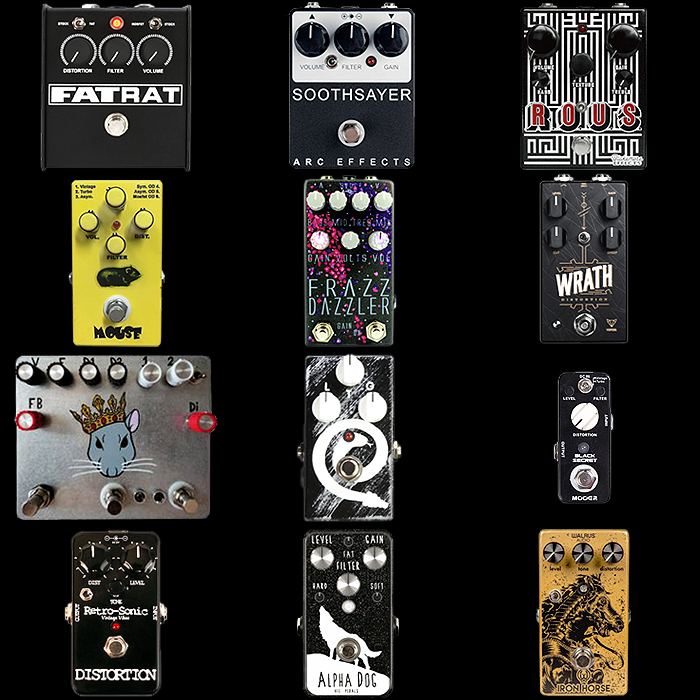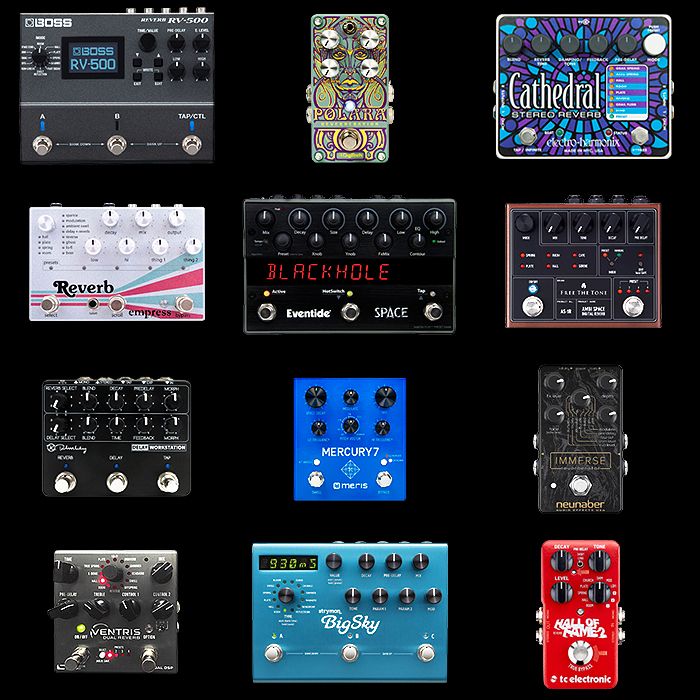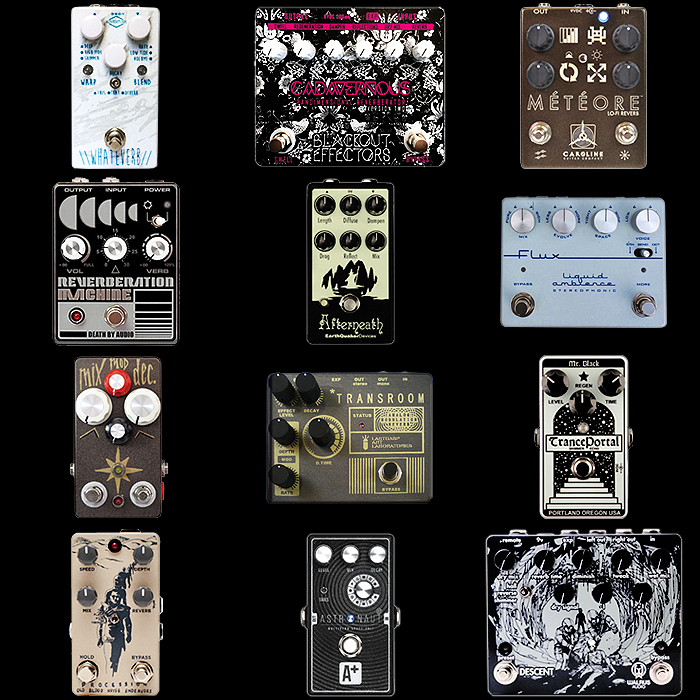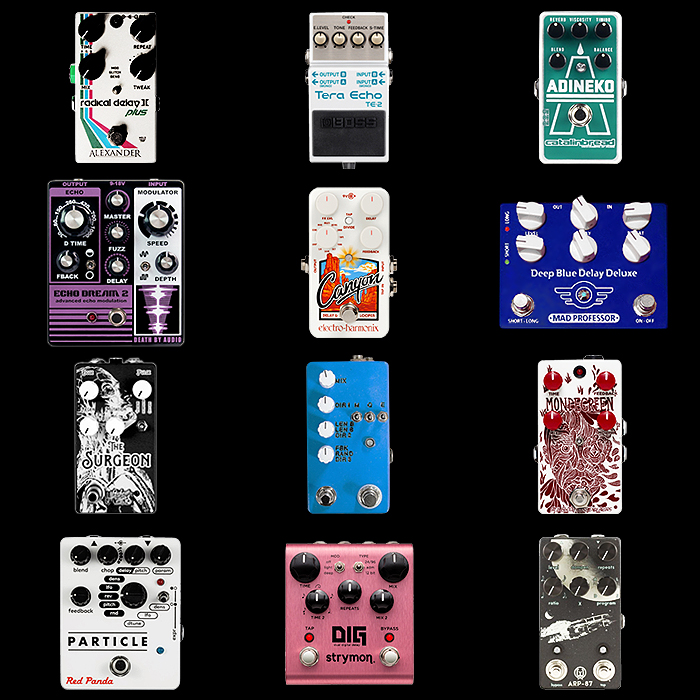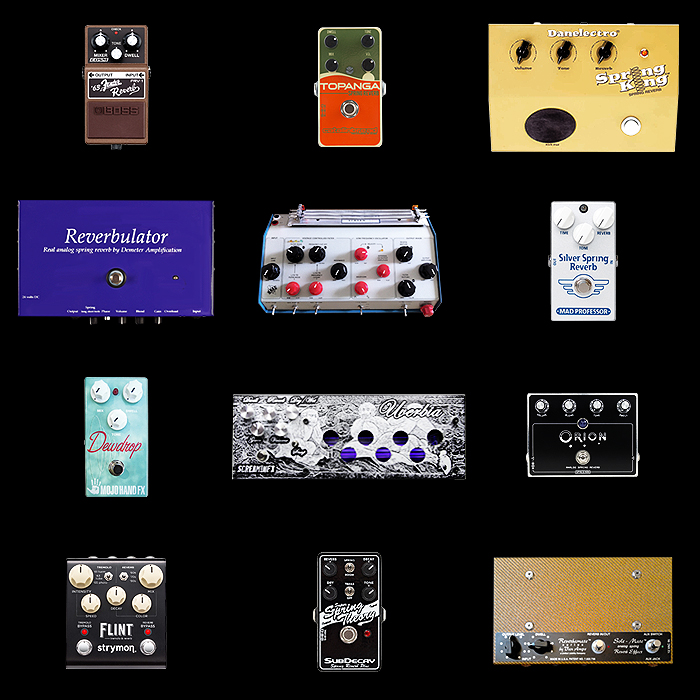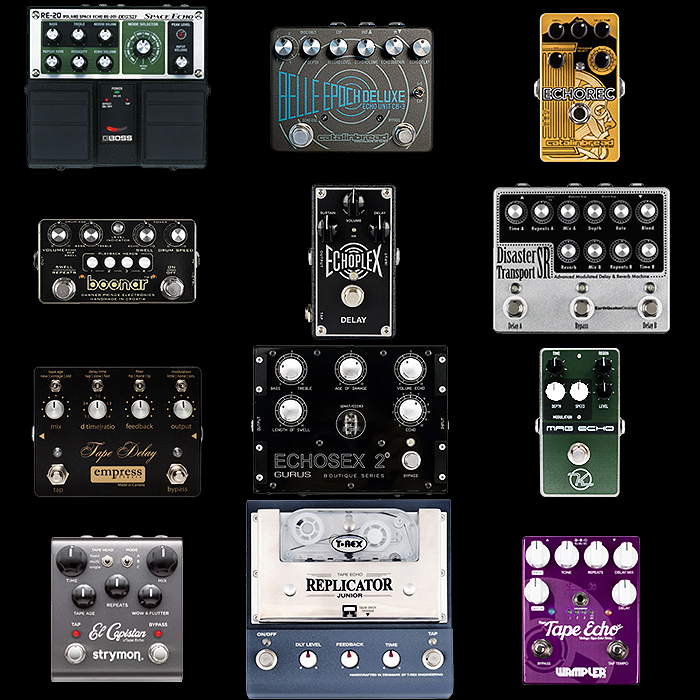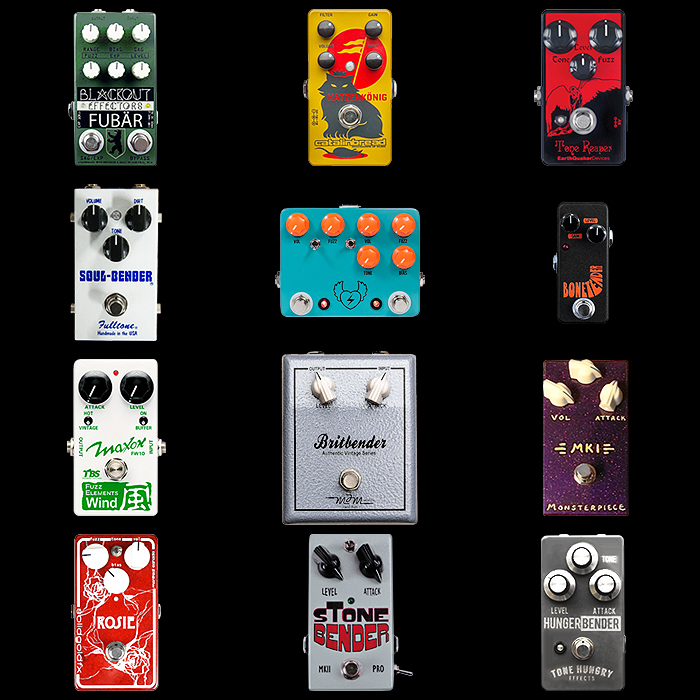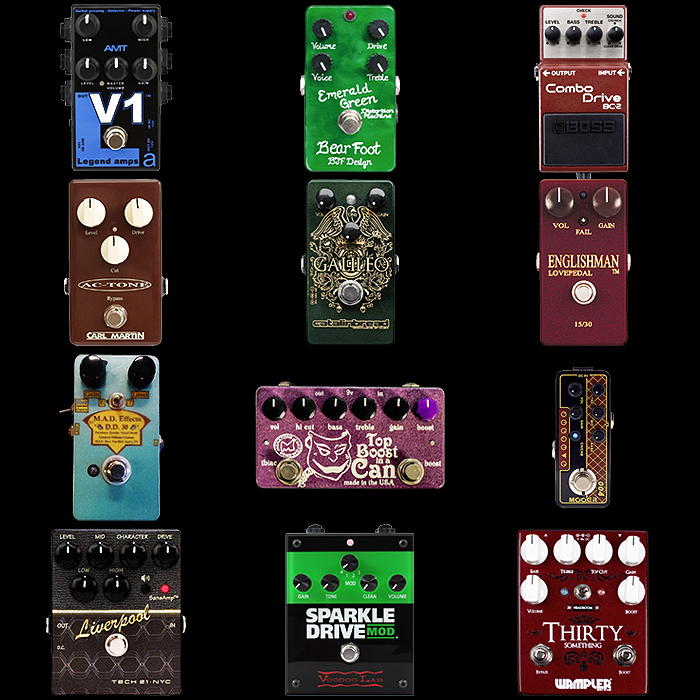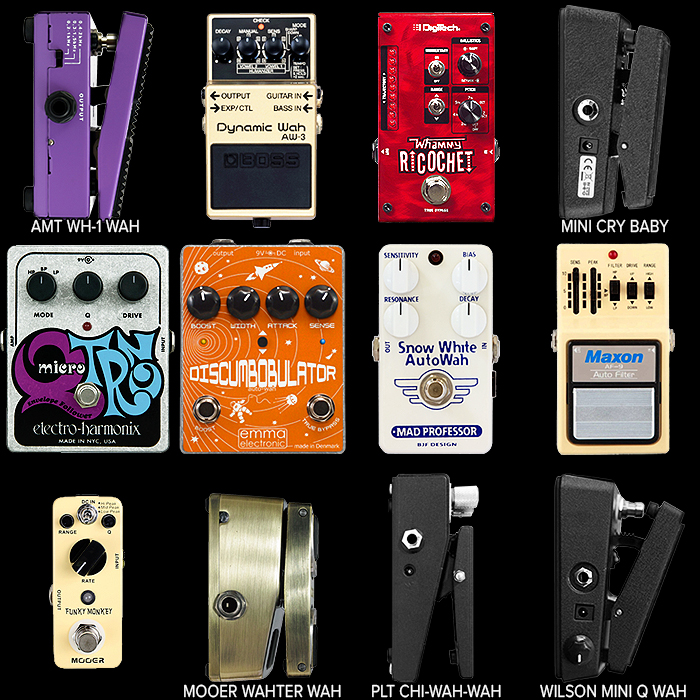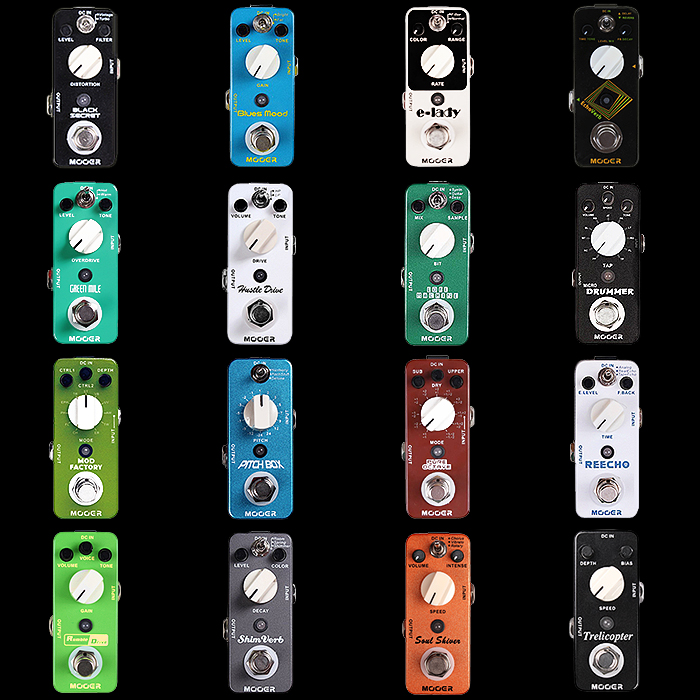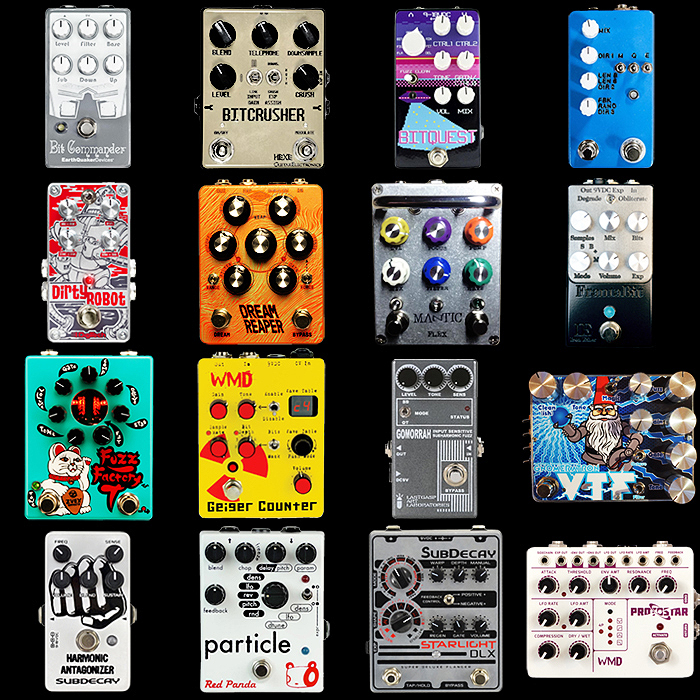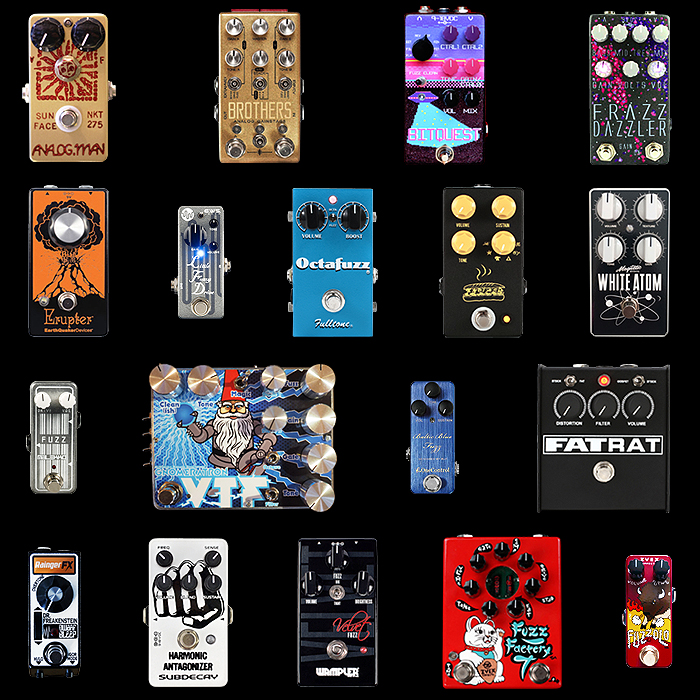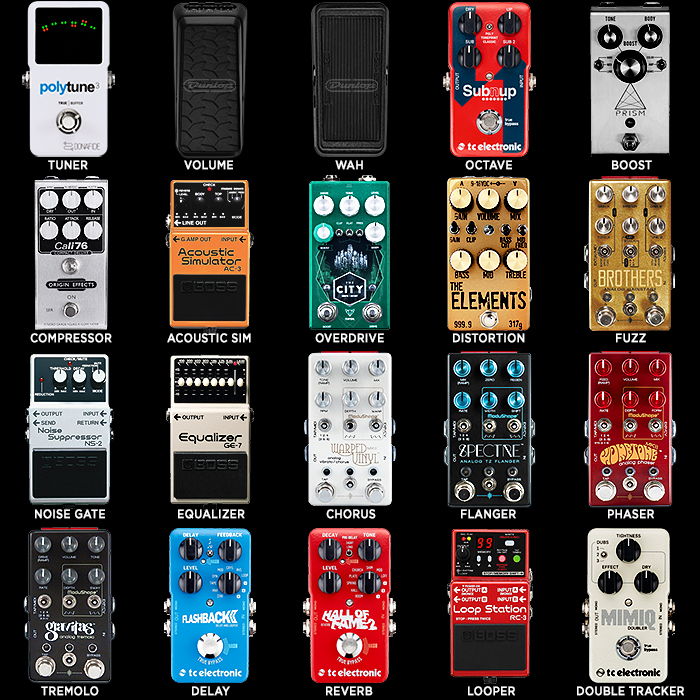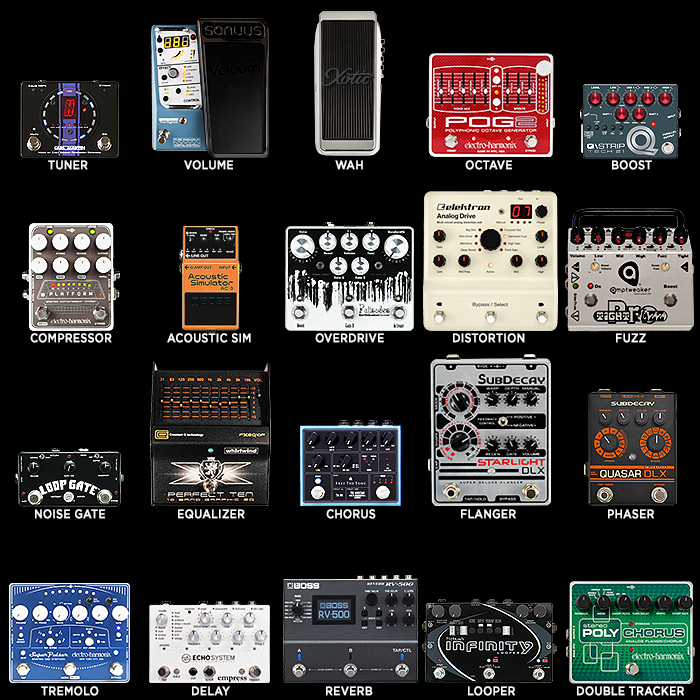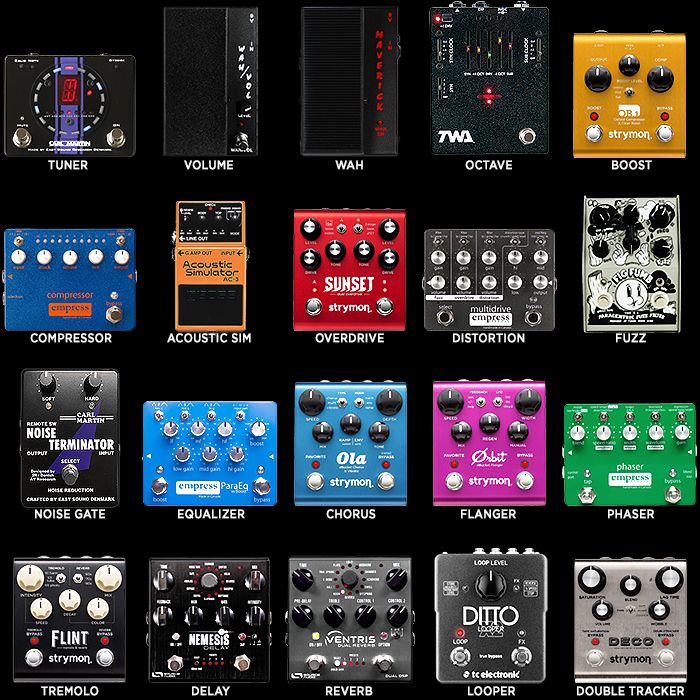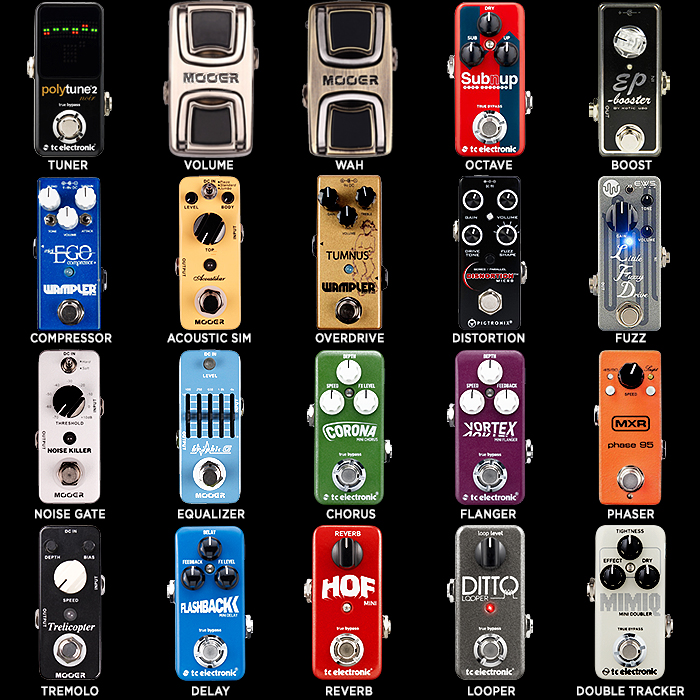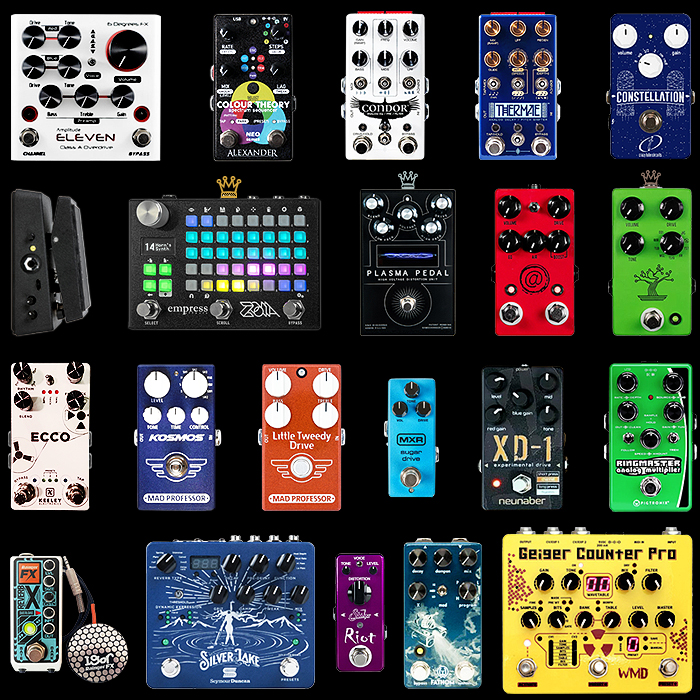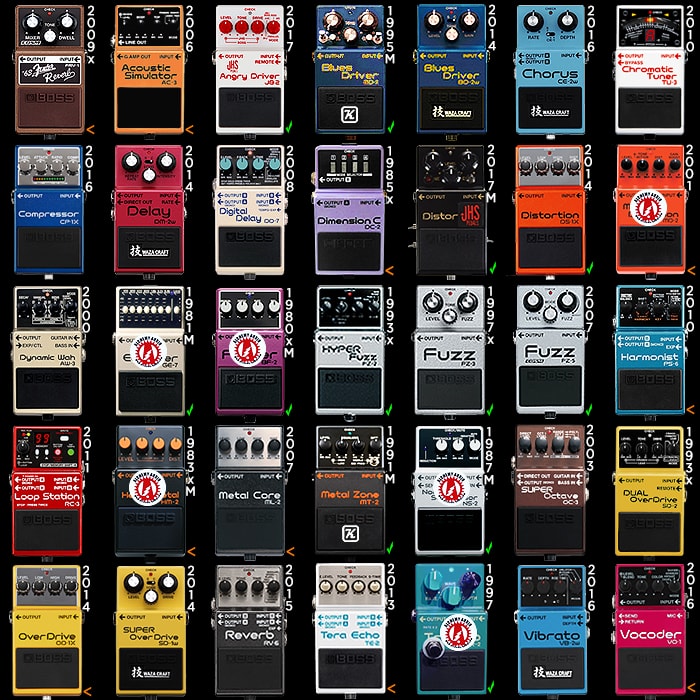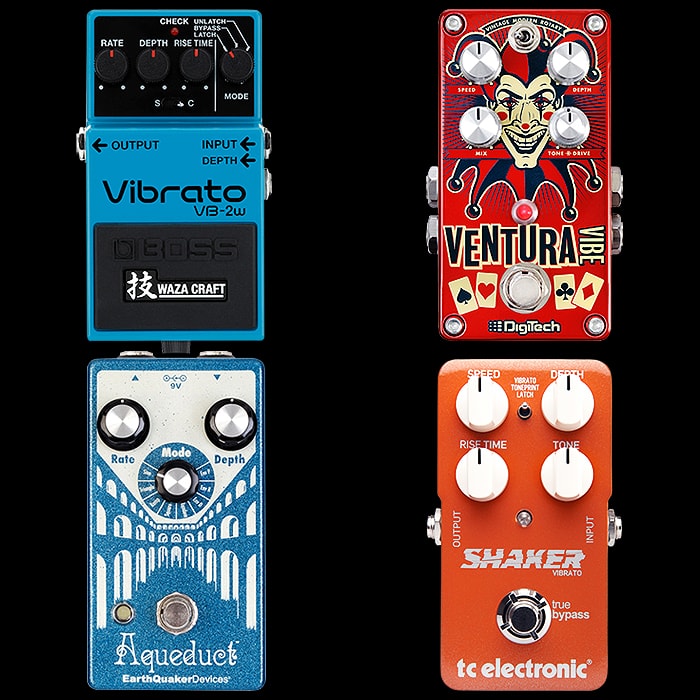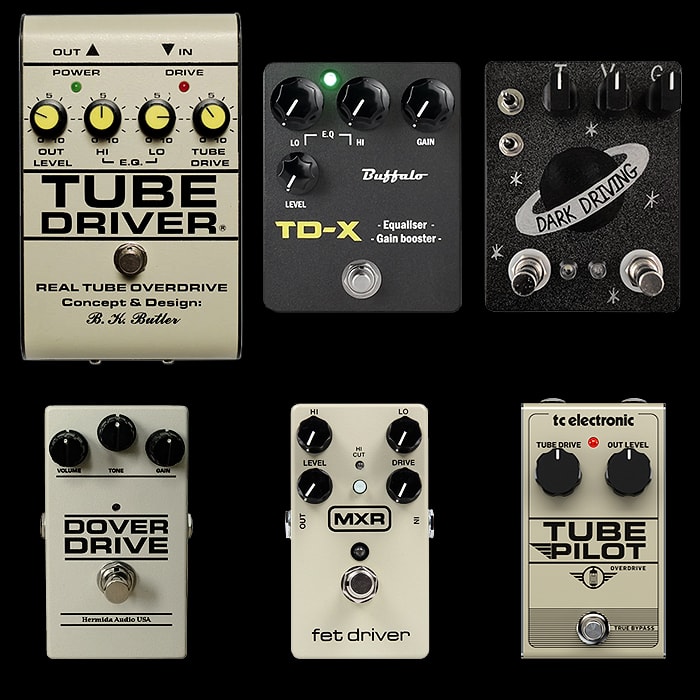9 of the Best Guitar EQ Pedals for Your Consideration
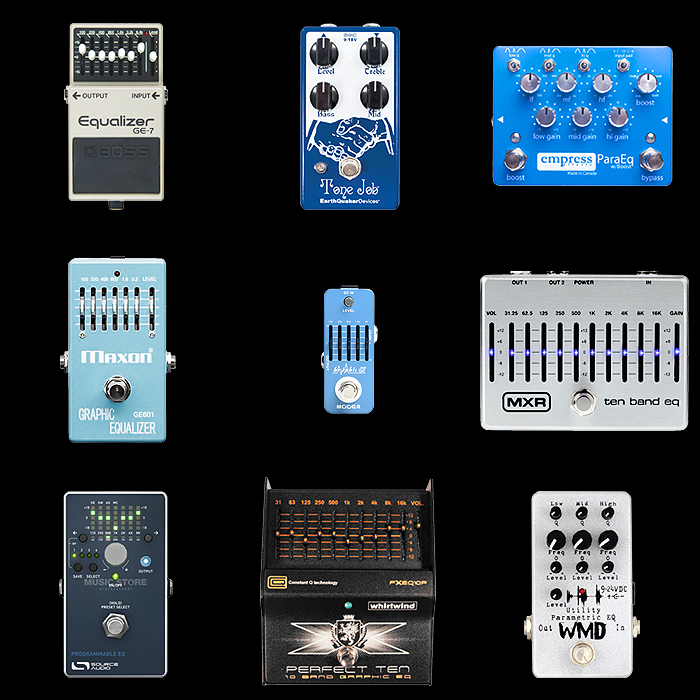
Another one of my always-on essentials - an EQ pedal allows you to finesse, tweak and enhance your core tone. I have it in the chain right after the Noise Gate - after all the drive pedals and before the modulations, but there is an argument for having it after the modulations too - it really improves the articulation of my core tone and makes it all sparkle a little more.
I’ve been with the Boss GE-7 from the start - first just a stock version, but then pretty soon updated to an Alchemy Modded version with superior noiseless components. For its size and features, it is the perfect fit for my requirements and really does everything I would want it to.
I have been intrigued by the Empress ParaEQ for a while - Parametric EQ gives you much more precise and refined control over specific frequencies - where you are not restricted to the tightly defined bands of a Graphic Equalizer, but can hone in on an exact frequency and then boost or cut as appropriate. The ’Q’ toggles allow you to control what spread of frequencies you target - from very narrow to more broader-based like on a Graphic EQ. I’ve only recently become aware of the WMD Utility Parametric EQ - which largely replicates the Empress, but in a smaller regular-sized enclosure. On the latter the Q 3-way toggles are replaced by dials. Both pedals would seem to be excellent options, but Parametric EQ seems a lot fiddlier to dial in than Graphic EQ and does not have the same obvious visual signs as to what frequencies are being targeted.
I have also been intrigued by the Source Audio Programmable EQ which cleverly allows you to set up to 4 interchangeable presets - the main disadvantage here being that the bands aren’t as immediately tweakable, and the display is not quite as clearly visibly obvious as the analogue slider types like the Boss GE-7.
Most of the other pedals featured are largerly just variations of banded Graphic EQs with different numbers of bands available from 5 - 10. The Whirlwind Perfect 10 uses a newer smarter ’Constant Q’ algorithm which gives you tighter and more dynamic control over the frequencies, but I’m not sure I need 10 bands - it’s always a trade-off between ease-of-use, feature-set and pedal footprint. And the Whirlwind and MXR 10 bands are quite large. Finally we have a more conventional 3-band amp-like EQ with added boost / level - in the shape of EQD’s Tone Job.
In terms of where I’m at, then the Boss is perfect for my needs - although I really like the look of the WMD Parametric EQ too - because of its smaller form factor, I would be more likely to go with that rather than the Empress. The Source Audio is clever, but slightly operationally flawed, and if I wanted to expand to 10 bands, I would likely want to try out the highly rated ’Constant Q’ of the Whirlwind Perfect Ten.
Pedals are pictured and listed alphabetically by brand.
Boss GE-7 - £79
This is my current choice - Alchemy Audio Modded version - 7 bands, easy to dial in and sounds superb. I have a feeling this is currently the most used pedalboard EQ - kind of the industry standard - and as with any Boss it is bullet-proof and works very reliably all the time. Already a great pedal in its stock version, even better with improved components.
EarthQuaker Devices Tone Job EQ - £159
A fairly high-fidelity offering, but rather limited in its frequency targeting - 3 bands is probably too few for most, but if you want a simple device to enhance your core sound - then this should do just fine. Bass | Middle | Treble and Level dials for control.
Empress ParaEQ - £249
This is visibly the most featured Parametric EQ on pro boards. You have 3 sets of 3 dials for Low, Medium and High Frequencies to select the exact frequency, rate of Q spread, and how much you boost or cut by. There is also a separate boost dial and footswitch, as well as an Input Pad toggle to equalize volume of incoming signal. No doubt that this is an excellent pedal and well loved by the pros - for me it’s more the sort of thing for the studio though as it’s not as quick and intuitive as a Graphic EQ. If you want pristine and precise control over your frequencies, this is your pedal - but you might prefer a different one for playing live.
Maxon GE601 Graphic Equalizer - £125
Both Maxon and MXR have 6-bands in their regular-sized EQ pedals - otherwise it functions very similarly to the Boss. I just happen to prefer the one additional band the Boss provides for slightly more finesse. A very competent EQ nonetheless - and more pricey too if that helps with your decision-making process.
MXR M108S Ten Band EQ - £147
MXR has both 6 and 10 band EQ pedals - this is the larger one - which gives you more refined control with more frequency bands to target. I’m not sure I need 10 though, or want to sacrifice the additional pedalboard real estate required to accommodate this. Also, if I had to go for a 10-band, I would probably prefer to check out the more advanced algorithm of the Whirlwind Perfect 10 - there is a significant price difference though which may sway you too.
Mooer Audio Graphic G EQ Pedal - £49
Another mini marvel from Mooer - just 5 bands accommodated at this diminutive size, but it does manage to squeeze in a level control which doubles as the active-state LED. Obviously not as pristine and capable as the others featuerd here, but as always - amazing for the prize and amazing at this size. I may just get one of these to experiment with tweaking tones at different points in the chain - above and beyond what the Boss already does for me.
Source Audio SA170 Programmable EQ - £125
I have long contemplated this smarter EQ pedal with its 4 presets and 7+1 bands - you access the 8th frequency band via extended settings. It is based on a really sound premise, but the execution seems to be somewhat clunky - no idea why the display does not go up to 8 bands since you do have options for an additional 62Hz band. Also the way you have to toggle the selector along to each frequency and then dial in the relevant level means that you really can’t tweak this easily on the fly like the more analogue slider style ones featured here. Once dialled-in you of course can quickly and easily switch between your 4 presets, but the whole point about EQs is to have them fairly easily tweakable, and this seems to fall down a little in that area.
Whirlwind Perfect Ten 10-band EQ - £219
This is one of the new pedals (to me) I discovered when doing this EQ pedal research sweep - developed by celebrated ex-MXR Engineer Tony Gambacurta - the Whirlwind utilises smart new ’Constant Q’ circuitry which gives you much more dynamic and tightly defined control over your frequencies - bringing you a little closer to the kind of accuracy that can be achieved via parametric control. If I ever wanted to move up to 10 bands, then this is likely what I would go for.
WMD Utility Parametric EQ - £199
One of only two Parametric EQ’s featured here - it sits somewhat in the shadow of the significantly more well-known Empress variety - but then again it significantly improves on the form-factor by fitting its mechanics inside a regular-sized enclosure. It does not have the ParaEQ’s input pad or separate boost footswitch, and has Q dials in place of the former’s toggles. But it largely matches the Empress feature-for-feature. If I decide to dip my toes into Parametric EQ, this is my likely starting point - by dint of the preferable form factor.
So in short - I’m totally happy with the Boss (modded), and feel 7-band EQ is about right for me. If I were to choose to add any of the others, it would most likely by the last mentioned - the WMD Utility Parametric EQ.

